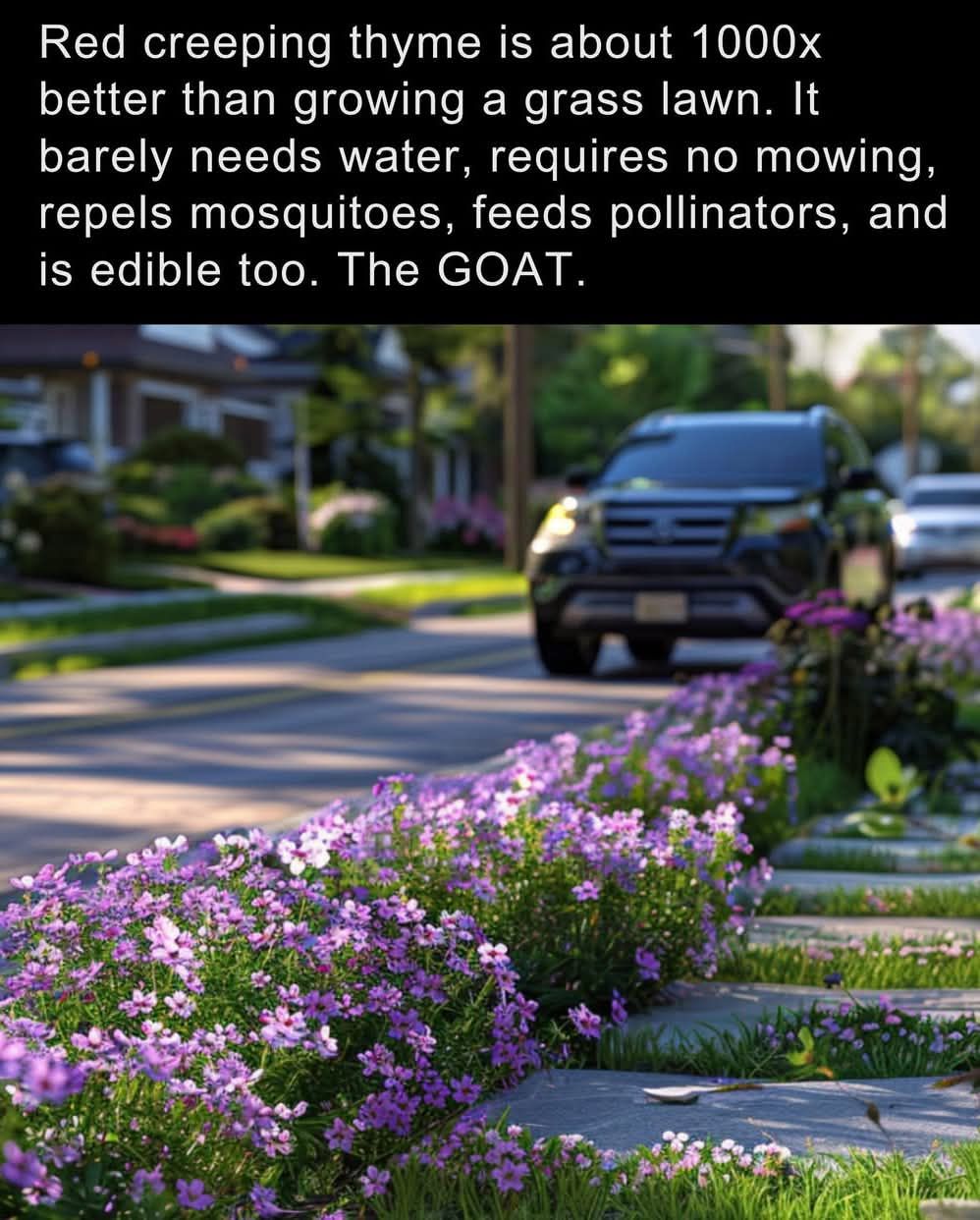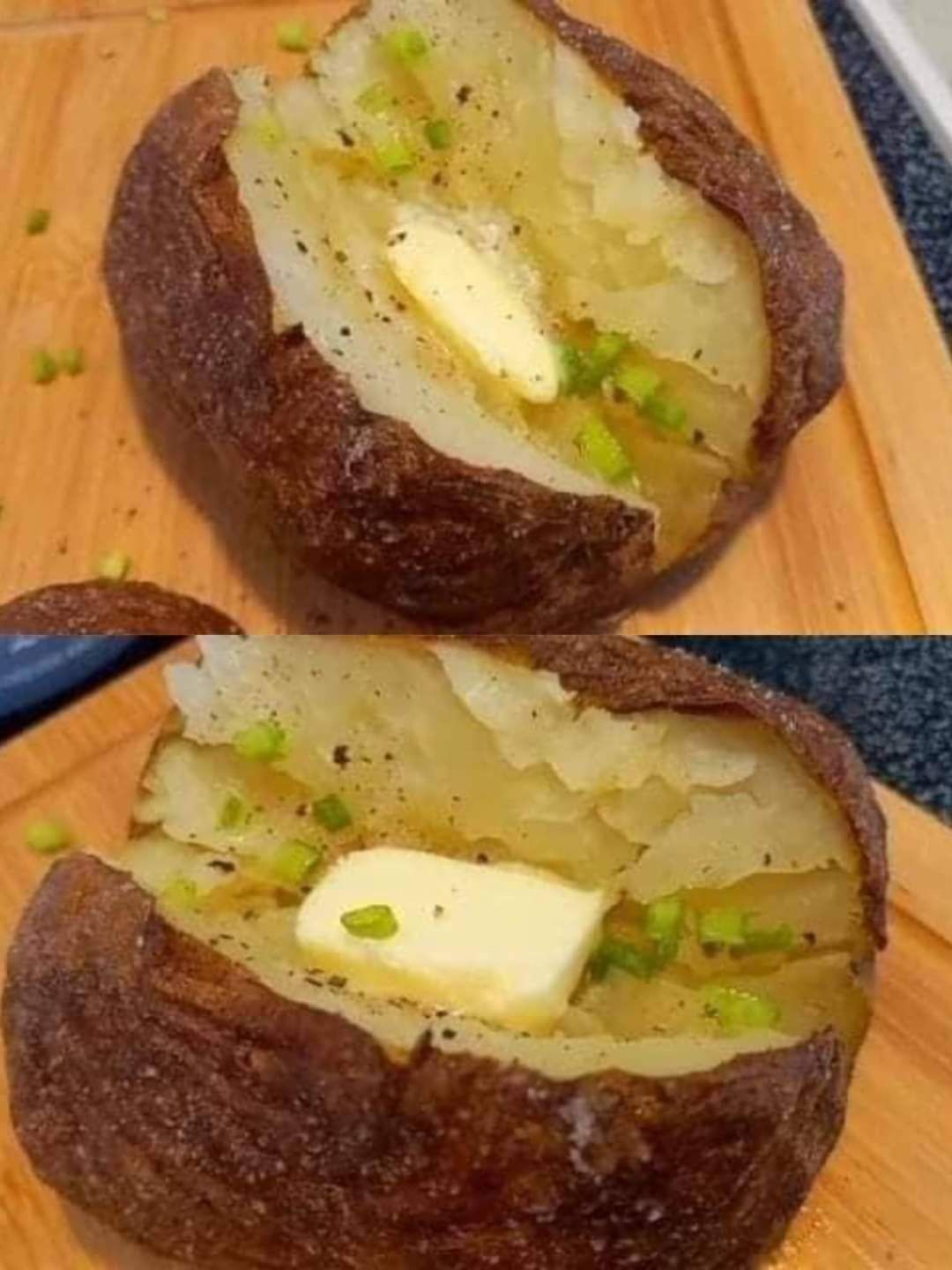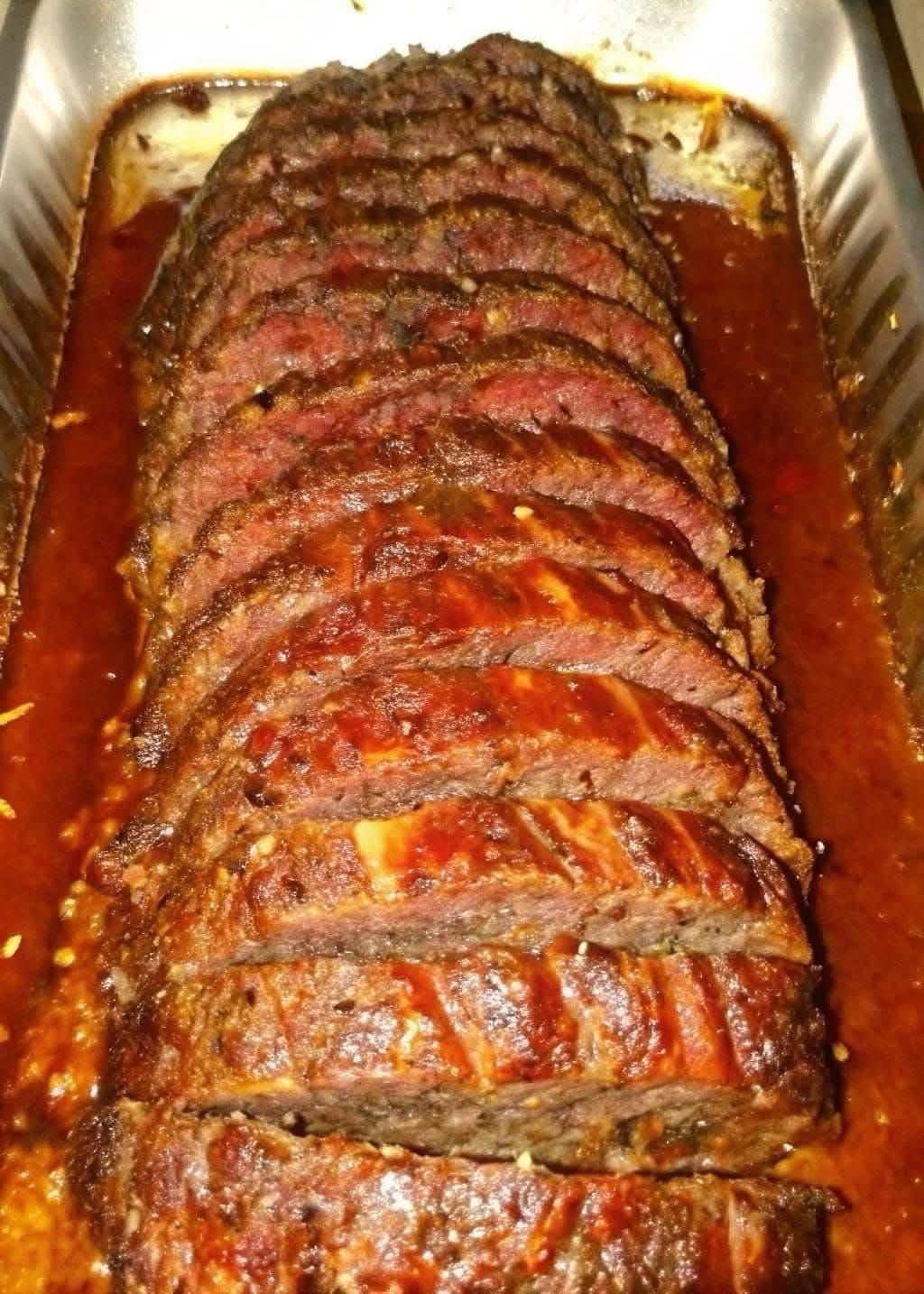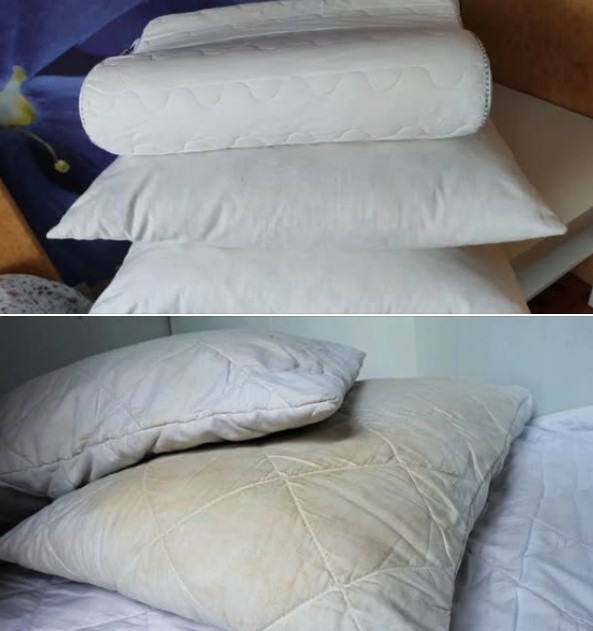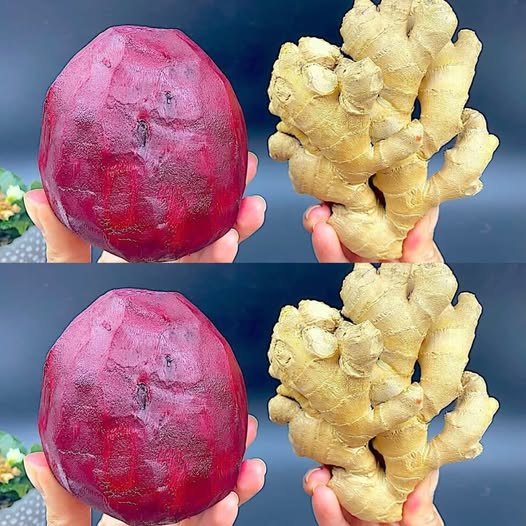When it comes to landscaping, the traditional image that comes to mind is often that of a lush, green grass lawn. For decades, grass has been the go-to option for homeowners looking to create a beautiful, inviting outdoor space. However, a growing number of gardeners and homeowners are making the switch from grass lawns to more unconventional ground covers, with one of the top contenders being Red Creeping Thyme. This vibrant, hardy, and low-maintenance plant is fast becoming the go-to alternative to grass, and for very good reason.
While grass lawns have been a staple in yards for centuries, they come with a variety of issues that Red Creeping Thyme simply doesn’t have. From water usage to maintenance and aesthetic appeal, Red Creeping Thyme offers a superior solution to creating a beautiful, eco-friendly, and sustainable outdoor space. In this article, we’ll break down exactly why Red Creeping Thyme is 1000x better than growing a traditional grass lawn.
1. Water Conservation: Red Creeping Thyme Saves Precious Resources
One of the most compelling reasons to switch from a grass lawn to Red Creeping Thyme is its impressive ability to conserve water. Grass lawns are notorious for their high water consumption, especially during the hot summer months when they require regular watering to maintain their lush, green appearance. According to the U.S. Environmental Protection Agency (EPA), lawns account for nearly one-third of residential water use in the United States, with much of this water going toward keeping grass green during dry spells.
On the other hand, Red Creeping Thyme is a drought-tolerant plant that thrives even in dry conditions. Once established, it requires very little water, and during dry spells, it continues to thrive while a typical grass lawn may struggle to stay green. This makes Red Creeping Thyme an environmentally friendly option for homeowners who want to reduce their water usage and contribute to water conservation efforts. With the growing concerns about climate change and water shortages, switching to Red Creeping Thyme can significantly reduce the environmental impact of your landscaping.
2. Low Maintenance: Forget About Mowing and Fertilizing
One of the biggest headaches of maintaining a traditional grass lawn is the constant upkeep. From regular mowing to the application of fertilizers, herbicides, and pesticides, maintaining a healthy and green lawn is a time-consuming and expensive task. In fact, homeowners spend an average of $1,200 per year on lawn care, including lawnmowers, fertilizers, and other necessary equipment.
With Red Creeping Thyme, these concerns are virtually eliminated. Red Creeping Thyme requires minimal maintenance. It is a low-growing perennial that naturally forms a dense, mat-like ground cover, which means you don’t have to worry about mowing. Unlike grass that requires frequent trimming to keep it from growing too tall, Red Creeping Thyme stays low to the ground, typically growing between 2-4 inches in height. This eliminates the need for regular mowing, saving you both time and money.
Additionally, Red Creeping Thyme requires little to no fertilizing. Its ability to grow in poor soil without the need for chemical fertilizers makes it an eco-friendly alternative to the heavily fertilized grass lawns. This also reduces the risk of harmful chemicals leaching into the environment, particularly in areas where runoff can contaminate local waterways.
3. Pest and Weed Resistance: A Natural Barrier
Another significant advantage of Red Creeping Thyme is its natural ability to repel pests and weeds. Grass lawns often suffer from an ongoing battle with weeds, pests, and diseases, which require regular intervention through the use of herbicides, pesticides, and fungicides. However, these chemicals are not only costly but also harmful to the environment and wildlife.
Red Creeping Thyme, by contrast, is a natural pest repellent. Its strong, aromatic scent is known to deter pests like mosquitoes, fleas, and other insects, making it a fantastic choice for creating a pest-free garden without the need for harmful chemicals. Moreover, because it forms a dense mat of foliage, Red Creeping Thyme crowds out weeds, making it a natural weed deterrent. This means fewer invasive plants competing for space, water, and nutrients in your garden.
4. Aesthetics: More Than Just Green Grass
While grass lawns may look pristine when they’re well-maintained, they often lack the character and diversity that can make a garden truly beautiful. Red Creeping Thyme, on the other hand, offers a range of aesthetic benefits that far surpass the look of a plain grass lawn.
- Color Variety: Red Creeping Thyme blooms in beautiful clusters of pinkish-red flowers, creating a soft, carpet-like effect that adds rich color and texture to your landscape. These tiny flowers not only make for a stunning visual display but also attract pollinators like bees and butterflies, enriching the biodiversity of your garden.
- Texture and Depth: The thick mat of Red Creeping Thyme provides a unique textural contrast to traditional grass. It creates a soft, cushion-like surface that feels pleasant underfoot and offers a more dynamic and interesting ground cover than grass. When walked on, it releases a delightful herbal fragrance, adding to the sensory experience.
- Seasonal Interest: Unlike grass, which is primarily green throughout the growing season, Red Creeping Thyme provides seasonal interest. The red flowers bloom in late spring to early summer, while the foliage retains its evergreen appeal during the colder months, making it a year-round beauty in your garden.
5. Environmental Benefits: Sustainability and Biodiversity
Grass lawns are often considered one of the least sustainable landscaping choices because they demand a lot of water, chemicals, and maintenance to remain healthy. On the other hand, Red Creeping Thyme is a native plant in many regions, and it provides essential benefits for the local ecosystem. Its dense mat-like growth provides habitat for beneficial insects like bees and butterflies, which are crucial for pollination and maintaining biodiversity in your garden. Furthermore, by replacing grass with Red Creeping Thyme, you contribute to a more sustainable, eco-friendly landscape that reduces the need for chemical interventions.
Additionally, Red Creeping Thyme is resistant to soil erosion, making it an ideal ground cover for slopes and areas prone to water runoff. This can help prevent soil degradation and create a more stable landscape. The plant’s ability to retain moisture in the soil also reduces the risk of erosion, making it a great choice for preventing damage to your property from heavy rain or snowmelt.
6. Durability: Hardy and Resilient
Red Creeping Thyme is a hardy plant that thrives in a variety of climates and soil conditions. Whether you live in a hot, dry region or a cooler, wetter area, Red Creeping Thyme can withstand extreme temperatures and diverse environments. It is cold-tolerant, able to endure frost and snow without succumbing to damage, and heat-tolerant, able to withstand periods of intense sun and drought.
In contrast, grass lawns are often vulnerable to heatwaves, droughts, and frost, and they may require constant attention and intervention to remain healthy. Over the course of the year, a traditional grass lawn can suffer from dead patches, brown spots, and thinning areas, especially during extreme weather conditions. Red Creeping Thyme, on the other hand, remains resilient throughout the year, even in less-than-ideal conditions, making it a long-term investment for your landscape.
7. Cost-Effectiveness
Last but certainly not least, Red Creeping Thyme is a cost-effective alternative to traditional grass lawns. While the initial cost of planting Red Creeping Thyme might be higher than planting grass seed, the long-term savings in terms of water bills, lawn care products, and maintenance are significant. With Red Creeping Thyme, you won’t need to spend money on expensive fertilizers, pesticides, herbicides, or lawn equipment like mowers and trimmers. Additionally, because Red Creeping Thyme requires little care once established, it’s a low-maintenance investment that continues to thrive for years.
Conclusion
In conclusion, Red Creeping Thyme offers a superior alternative to traditional grass lawns in almost every aspect. From its impressive water conservation to its low-maintenance requirements, pest-repelling properties, and aesthetic appeal, it stands head and shoulders above grass when it comes to creating a beautiful, sustainable, and eco-friendly landscape. Red Creeping Thyme is a resilient, hardy ground cover that not only adds value to your home but also contributes positively to the environment. Whether you’re concerned about water usage, maintenance costs, or simply looking for a more unique and vibrant ground cover, Red Creeping Thyme is undoubtedly the better choice.
If you’re considering switching from a grass lawn to something more sustainable, it’s time to embrace Red Creeping Thyme—it’s 1000x better, and your yard (and the planet) will thank you for it!

